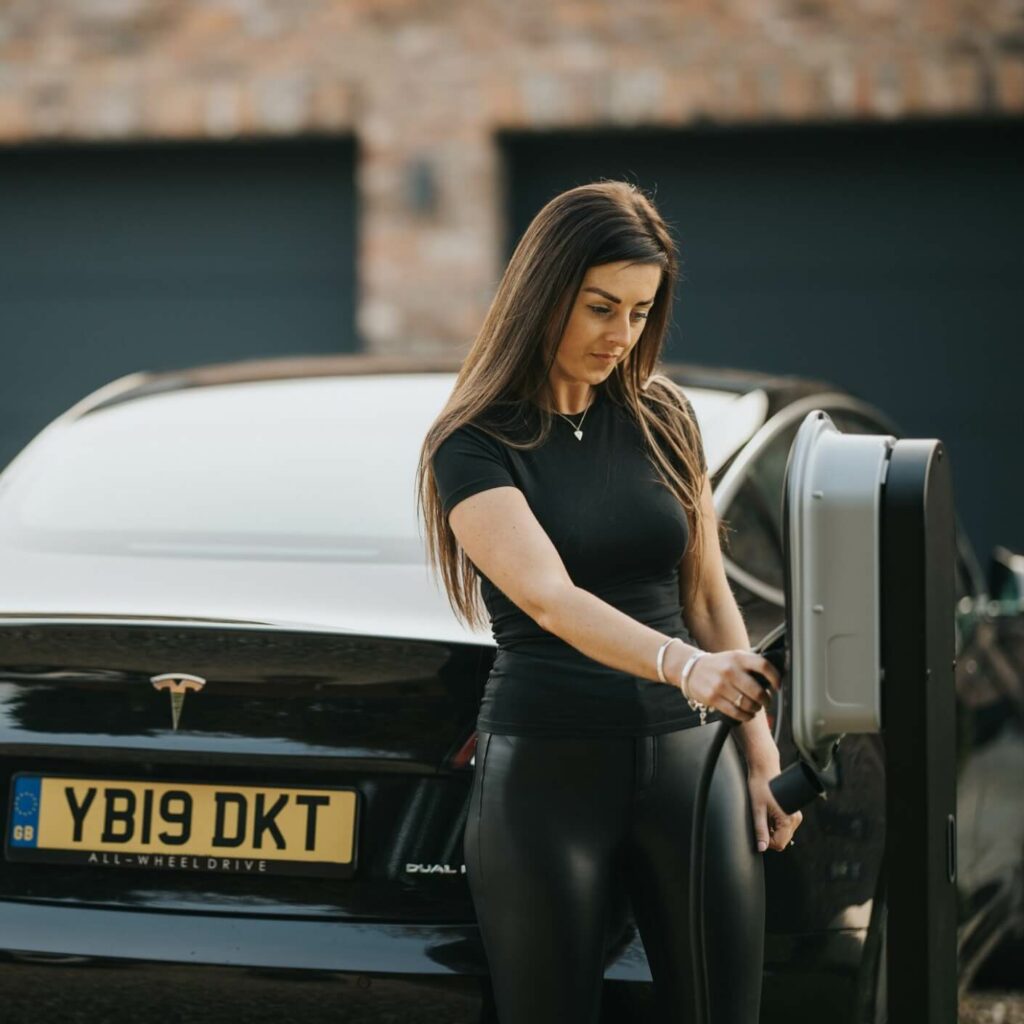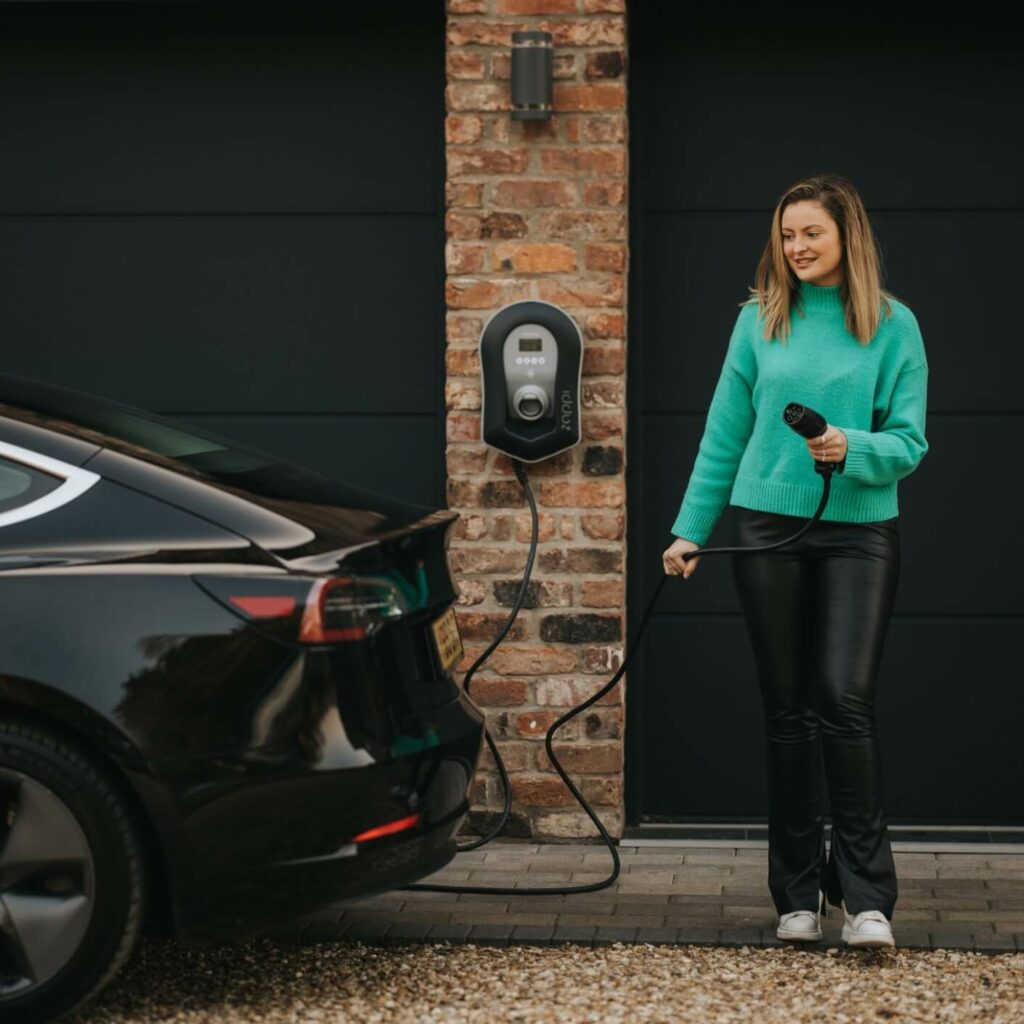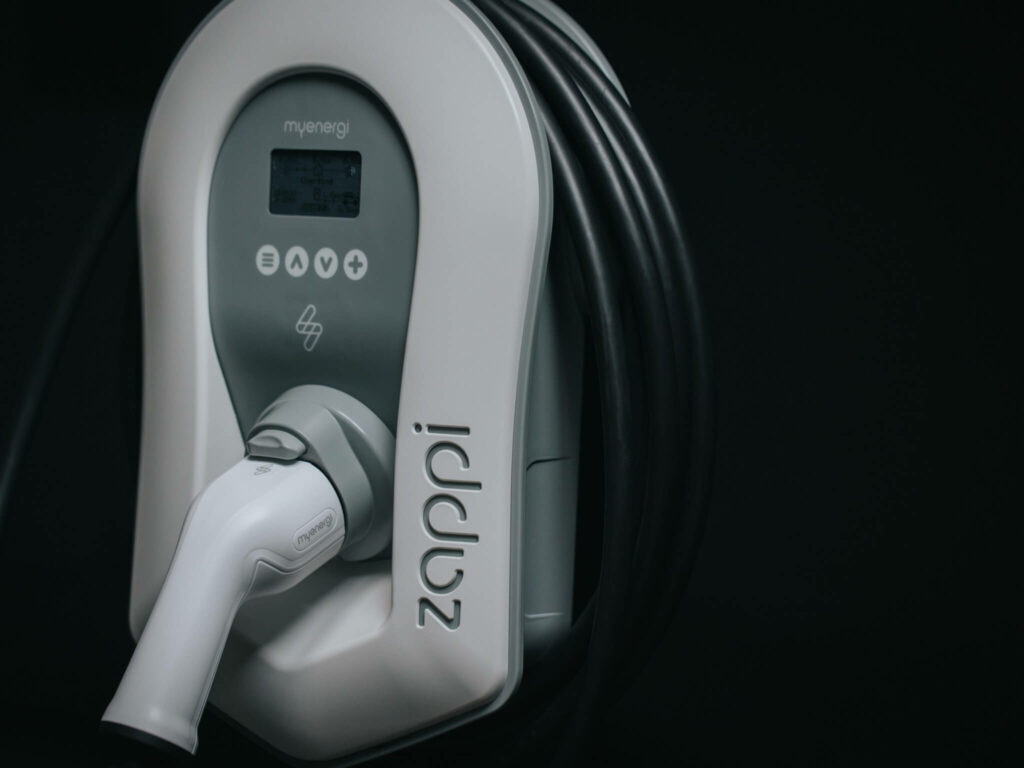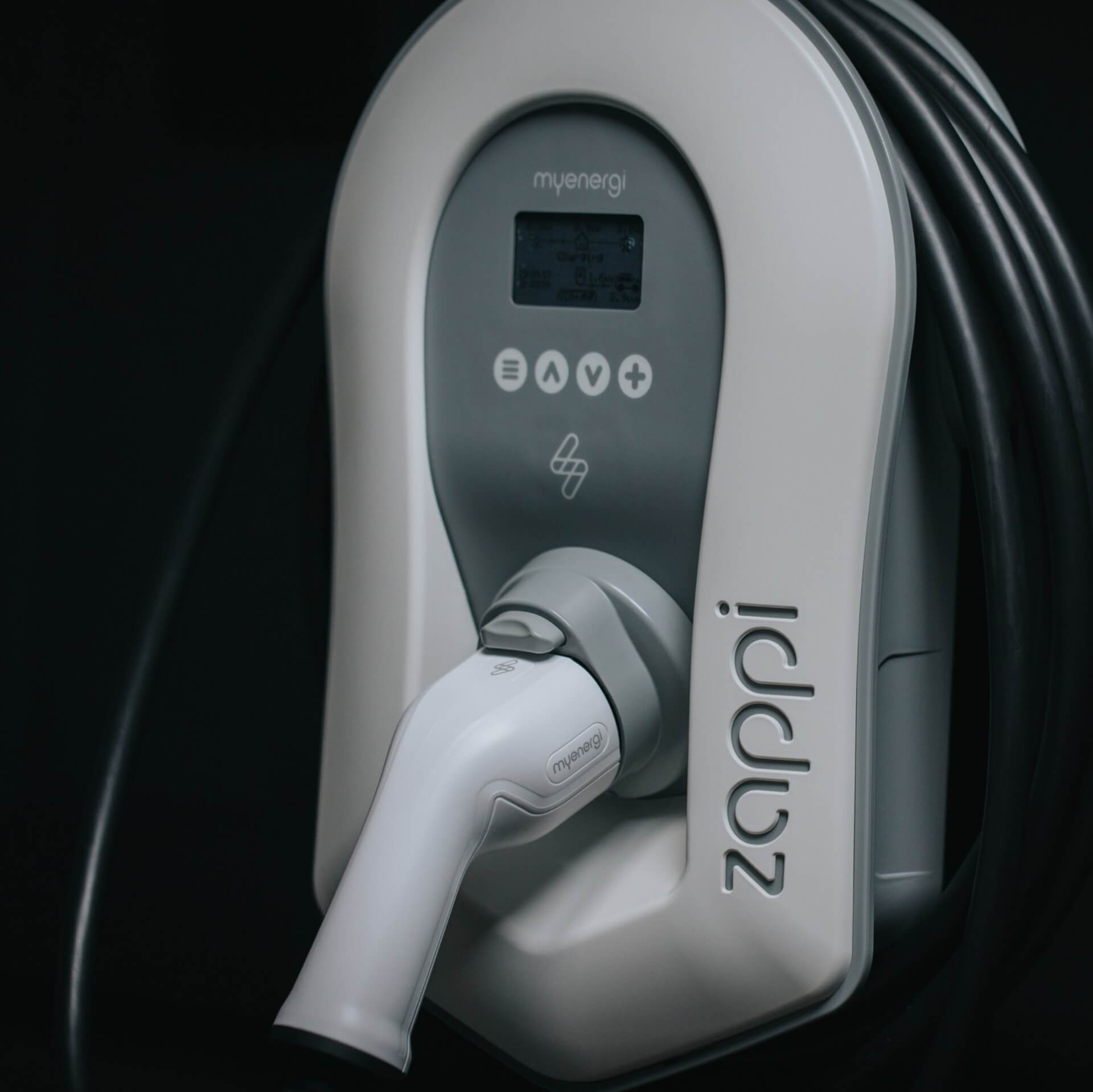How far can an electric car go?

How far can an electric car go from full charge?
The average distance an EV can travel is around 211 miles on a full charge. Vehicle range is determined by numerous factors including the size of the battery in kW’s, the vehicles weight & design and ever fluctuating factors such as the weather & temperature. It is also dependent on the type of journeys you make, for example ‘Driver A’ could drive more on motorways at a constant speed, whereas ‘Driver B’ is an inner city driver which is more variable and stop / start.
Manufacturers tend to advertise their vehicles with the maximum potential range in perfect driving conditions. Although, it is now common practice for vehicle manufacturers to give different figures for both motorway and inner city driving range. However, the most accurate estimate for vehicle range is called an EPA range, sometimes referred to as ‘actual range’ or ‘real range’ which gives a more accurate representation of mixed driving conditions, both inner city, motorway and real world conditions.
What factors affect vehicle range?
• Your vehicle’s battery size measured in kW’s (Kilowatts) – The more kW’s the battery holds, the further the vehicle will travel on a single charge. i.e. you’d expect around double the range from a 60kWh battery, when compared to a 30kWh battery.
• Vehicle weight and design will affect the amount of kW’s used. i.e. heavier vehicles will use more power than lighter vehicles. This includes any extra weight added to the vehicle including equipment, passengers and suit cases.
• Driving style and habits affect the amount of energy used. Driving quickly with lots of breaking and fast accelerating between traffic lights will use extra kilowatts. Equally, driving flat out on a motorway at higher speeds will sap the battery faster still. A steady and constant speed is the best way to achieve maximum range potential within the set speed limits.
• Environment, weather & temperature will affect the amount of extra kilowatts used, for example frequent stop / start driving through a town of city and/or driving on more demanding terrain such as up steep hills, will all put extra strain on the vehicle battery. Equally, ever changing weather conditions will play their part in how the vehicle range is affected on a given day. For example, travelling head wind would cause the vehicle to use more energy and conditions which affect the vehicle’s traction such as rain and snow will also play a part. Also, when the temperature drops, cold batteries need to use more energy to maintain its optimal operating temperature.
• Other factors include : –
• Tire pressure
• How well maintained the vehicle and battery health are kept overall
• Charging habits i.e. try to use lower voltage home chargers as part of your routine, opposed to high voltage rapid public chargers
• Vehicles modes – some vehicles offer certain modes which sap more battery
• Use of internal features such as heaters, air con, radio, electric windows
• Aerodynamic lag – caused by windows being down, suspension settings etc

What is vehicle range?
Vehicle range is the estimated distance that your vehicle can travel on a single charge. In terms of electric vehicle’s, this refers to the amount of charge left in the vehicle battery at any given time. This is often displayed on a vehicle dashboard as either a percentage or miles/KM remaining. A vehicles actual range depends on many fluctuating factors, such as the environment and your personal driving and charging habits.

How low can my electric vehicle battery go before it needs charging?
Most EV’s convert kWh into a simple percentage figure to help determine the amount of charge left. To sustain the longevity of a vehicle battery, it is recommended that you maintain a minimum charge of at least 15-20%. However, with the ever increasing number of public charge points now available, and with the average distance between charge points decreasing, it is more likely you would be able to make it to a charge point, in the event your battery does become low. Though, it’s worth noting that you’d expect to get on average around 10.5 miles per 5% of charge, therefore we certainly wouldn’t recommend you risk entering a 20mile stretch of motorway if your battery level is in single digits.
Your top range and kWH questions – answered!
Based on an average 54kWh battery and an average vehicle range of 211 miles, in the perfect conditions, an electric car will use on average around 0.25 kWh per mile.
Though, this figure will seesaw slightly based on the amount of extra energy used through the use of interior heaters, wind screen wipers, electronic features, etc. Equally, a continuous change in rolling resistance, fluctuating temperatures and daily weather conditions all play a part in the potential kW’s used.
Since we know that an EV uses around 0.25kW per mile, based on an average 54kWh battery and an average vehicle range of 211 miles, we can conclude that an electric car will travel about 4 miles per 1 kWh used, in the perfect driving conditions.
620 Miles is the official range of the Tesla Roadster and currently in the top spot for the longest driving range for an electric car, whilst the average between the top 10 longest range vehicles is 342 miles.


